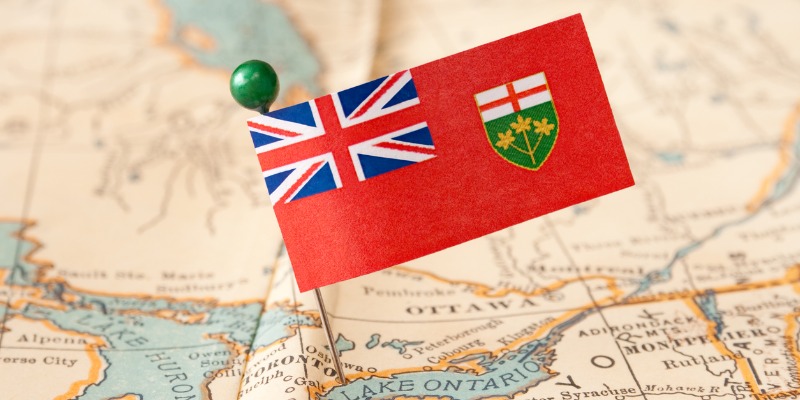Despite balanced operating budget in 2021/22, Ontario faces mountain of debt

This is the first installment of a blog series examining the fiscal challenges Ontario continues to face following the recent surprise announcement of an operating surplus in 2021/22.
Recently, the Ford government finalized Ontario’s books for 2021/22, and the results came as a surprise. After forecasting a $13.5 billion operating deficit for 2021/22 in the spring budget, the government actually ran a small operating surplus last year.
So with the end of nearly a decade and a half of uninterrupted deficits, does this mean that Ontario’s financial problems are finally solved?
The answer is a resounding “no.” To understand why, it’s important to recognize the difference between two commonly misunderstood terms, which are a government’s “deficit” and its “debt.”
A government has an operating deficit if its day-to-day expenditures (salaries of government employees, for example) exceed its revenues in a single fiscal year. A government’s debt refers to all liabilities it has accumulated over time. In short, the debt represents all historical deficits that a province has run, plus additional spending on long-term capital projects (which are generally not included in the annual operating budgets). So in Ontario, while 2021/22 has come in as a balanced operating budget, all of the debt accumulated from the unbroken string of annual shortfalls since 2008/09, along with all the outstanding debt accumulated prior, remain on the books.
The key takeaway—Ontario remains a highly indebted jurisdiction. While it did show a balanced operating budget for 2021/22, the province is holding $380.4 billion in debt—or nearly $26,000 per Ontarian. All else equal, as debt increases so do interest payments on the debt, leaving fewer resources for priorities such as health care and education.
If we use economists’ preferred way of measuring the province’s debt, we see that the provincial net debt burden (which subtracts financial assets) is 39.2 per cent as large as the provincial economy. This 39.2 per cent figure is often referred to as the “debt-to-GDP ratio” and it currently remains very near to its all-time peak.
The previous government in Queen’s Park at least gave lip service to the importance of reducing this important metric, and repeatedly promised to bring the debt-to-GDP ratio back down to 2007 levels. Unfortunately its plan was based mostly on wishful thinking instead of hard choices and, predictably, did not come to fruition.
Unless the Ford government develops and implements a real plan to bring the province’s debt-to-GDP ratio down, the provincial debt burden will remain a burden for future Ontarians and threatens to grow heavier if another recession occurs.
The end of such a long string of deficits is good news for Ontario, but context is crucial. One small surplus doesn’t erase 13 years of (mostly) large deficits. By any measure, Ontario remains a highly indebted jurisdiction, which had a small surplus last year but still faces a veritable mountain of debt.
Read More:
Authors:
Subscribe to the Fraser Institute
Get the latest news from the Fraser Institute on the latest research studies, news and events.

